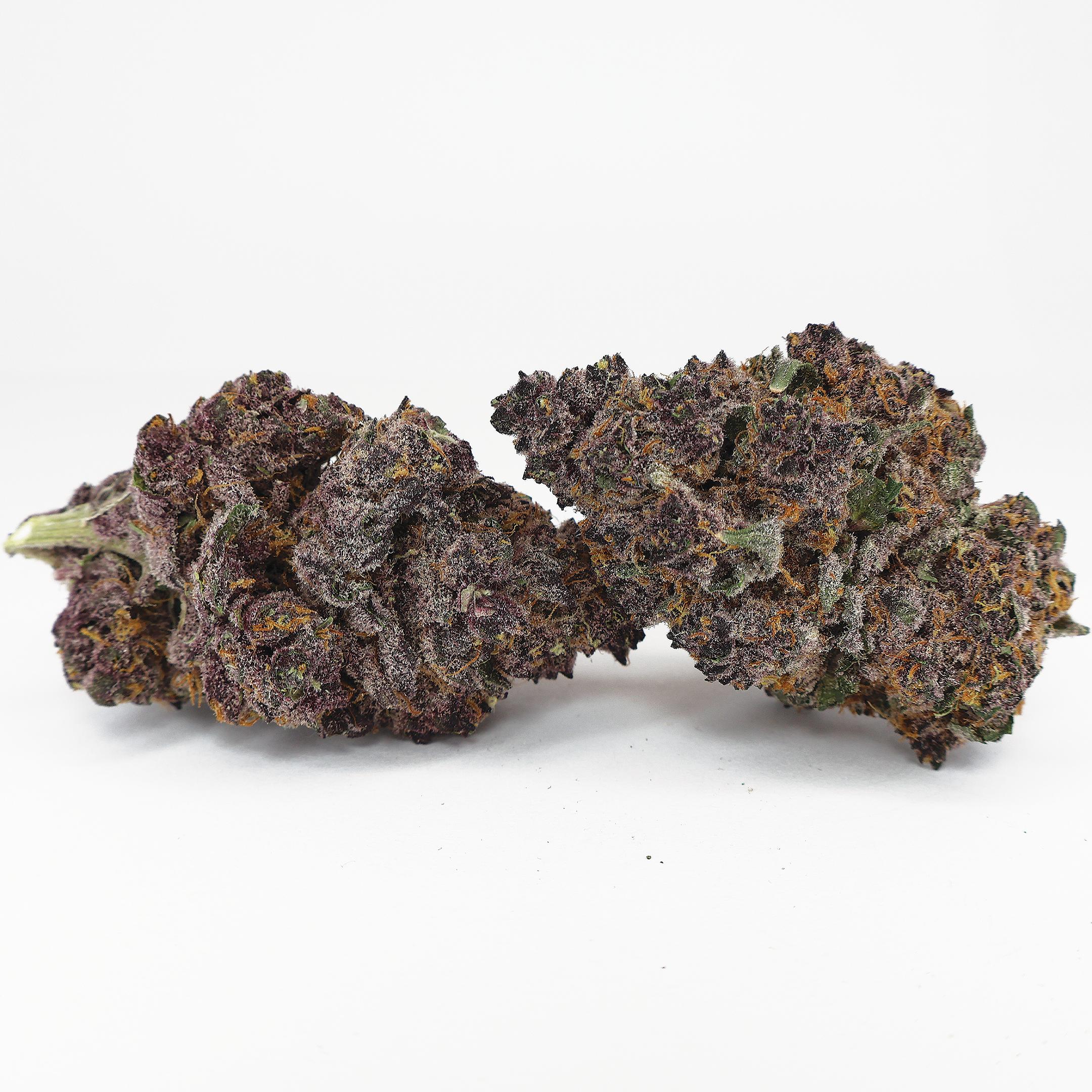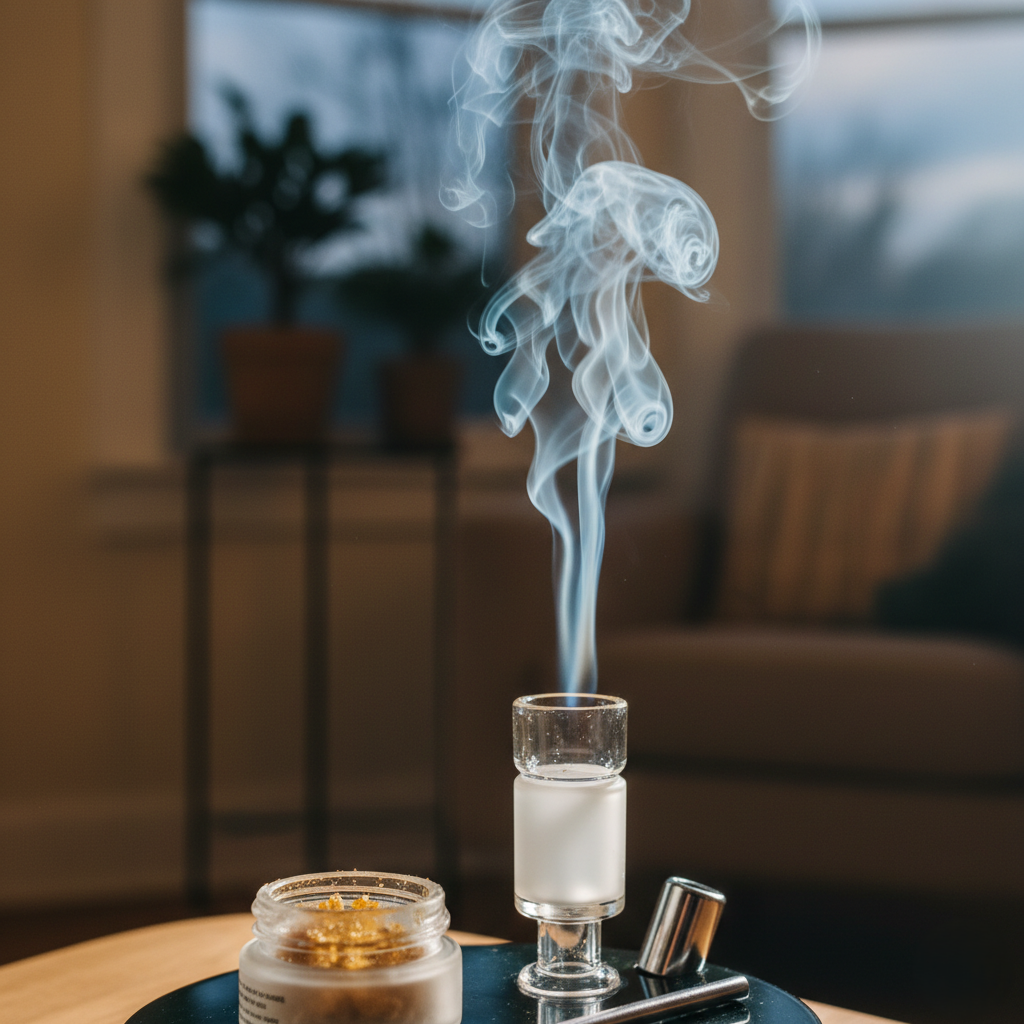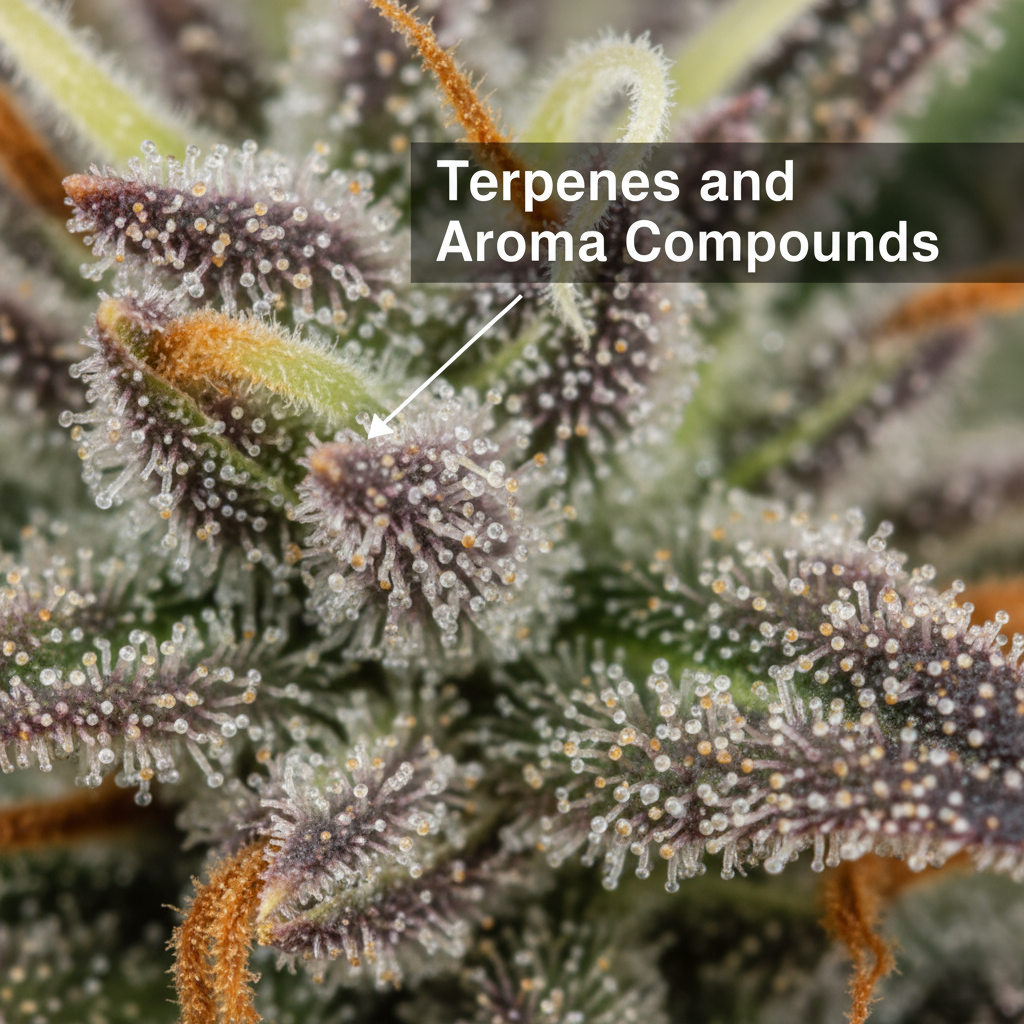
complete-guide-medical-cannabis-senior-citizens
The once-taboo world of cannabis is seeing a generational shift, and surprisingly, it’s senior citizens who are helping to redefine the conversation. From retirement communities to wellness circles, more older adults are exploring medical cannabis as a natural alternative for managing their well-being.
Whether it’s the nostalgia of the 1960s or the growing access to dispensaries across the U.S., one thing is clear: seniors are now one of the fastest-growing groups of cannabis consumers. This guide explains what medical cannabis is, how it's used, and why it’s becoming so popular among older adults today.
What Is Medical Cannabis?
Medical cannabis refers to products derived from the cannabis plant, typically containing high amounts of CBD (cannabidiol) and lower concentrations of THC (tetrahydrocannabinol), the component known for producing euphoric effects.
CBD is widely available in various formats, including oils, tinctures, edibles, and topicals, and it’s often used by seniors seeking natural alternatives to traditional wellness tools. Unlike THC, CBD doesn’t cause a “high,” making it a suitable option for those looking to avoid mind-altering experiences.
While scientific understanding is still developing, many seniors report using medical cannabis to support relaxation, promote better sleep, or enhance their general wellness routine.
Is Medical Cannabis Legal for Seniors?
Cannabis remains federally classified as a Schedule I drug by the U.S. Drug Enforcement Administration (DEA), a designation that includes substances like heroin and LSD. However, the landscape has changed at the state level.
As of today, over 30 U.S. states and Washington, D.C. allow the use of medical cannabis with proper certification. In some states, this access is limited to CBD-only products, while others offer full-spectrum cannabis with regulated THC content.
For seniors, it’s essential to:
-
Check local state laws before purchasing or using cannabis.
-
Obtain the proper certification if required.
-
Buy only from licensed dispensaries to ensure safety and quality.
Why Are Seniors Embracing Cannabis?
Let’s explore the top reasons older adults are incorporating medical cannabis into their lives, without making any medical claims.
1. Support for Chronic Discomfort
Aging often comes with daily aches and discomfort, and many seniors are searching for holistic alternatives to manage these symptoms. Cannabis-based products like balms, creams, and oils are being used topically for localized issues or consumed in low doses for broader support.
Seniors who once relied on over-the-counter or prescription options are now exploring cannabis to see if it fits within their lifestyle needs.
2. Promoting Relaxation and Sleep
Restless nights are a common challenge in older age. Some seniors are turning to low-THC or CBD-rich products to support a more restful sleep routine. Popular choices include gummies, infused teas, and tinctures, which offer a gentler experience for nighttime use.
3. Enhancing Quality of Life
In social settings like retirement communities, cannabis is making a surprising comeback. Whether in the form of low-dose edibles or shared joints during game nights, cannabis is becoming part of a larger conversation about lifestyle, connection, and enjoyment among aging adults.
4. Diverse Ways to Consume
Seniors today can choose from a wide variety of cannabis formats:
-
Sublingual oils for fast-acting effects
-
Edibles like cookies, candies, or lozenges for slow release
-
Topicals such as balms or lotions for direct application
-
Capsules for precise dosing
-
Pre-rolls for those comfortable with smoking
The range of products ensures that each user can find a method that suits their comfort level, without needing to smoke or vape.
5. Budget-Friendly Options
Although cannabis can be taxed heavily depending on location, many seniors find it cost-effective compared to some high-priced prescription alternatives. Many dispensaries offer senior discounts, loyalty programs, and budget-conscious options that make exploring cannabis more accessible.
6. Education and Community Support
With education becoming more available at dispensaries, senior centers, and workshops, older adults are becoming more informed about safe cannabis use. Many dispensaries now employ trained budtenders who guide new users through product options, dosages, and consumption tips.
Seniors are also sharing their stories, building communities around responsible cannabis use, and even introducing others to it in social settings.
Responsible Use Tips for Seniors
If you or a loved one is considering cannabis, here are a few guidelines:
-
Start low and go slow: Begin with low doses and monitor effects over time.
-
Choose reputable dispensaries: Buy only from licensed retailers with third-party testing.
-
Understand labels: Look for the THC/CBD ratio, potency, and product type.
-
Consult a healthcare provider: Always consider how cannabis may interact with existing wellness routines or medications.
Final Thoughts
Senior citizens are no longer just observers of the cannabis movement; they are active participants shaping the future of responsible use. With greater accessibility, tailored products, and growing educational resources, cannabis is becoming a viable wellness option for older adults.
Whether used to support relaxation, improve social experiences, or simply explore natural alternatives, cannabis offers flexibility and control that aligns well with the evolving needs of today’s seniors.
As with any product, responsible use, informed choices, and open conversations are key. With the right approach, cannabis can be a safe and enriching part of senior living. See more topics if you like this one.






Share:
Spliffs vs. Blunts vs. Joints: What’s the Difference and Which One Should You Choose?
Cannabis 101: What to Expect the First Time You Smoke Cannabis